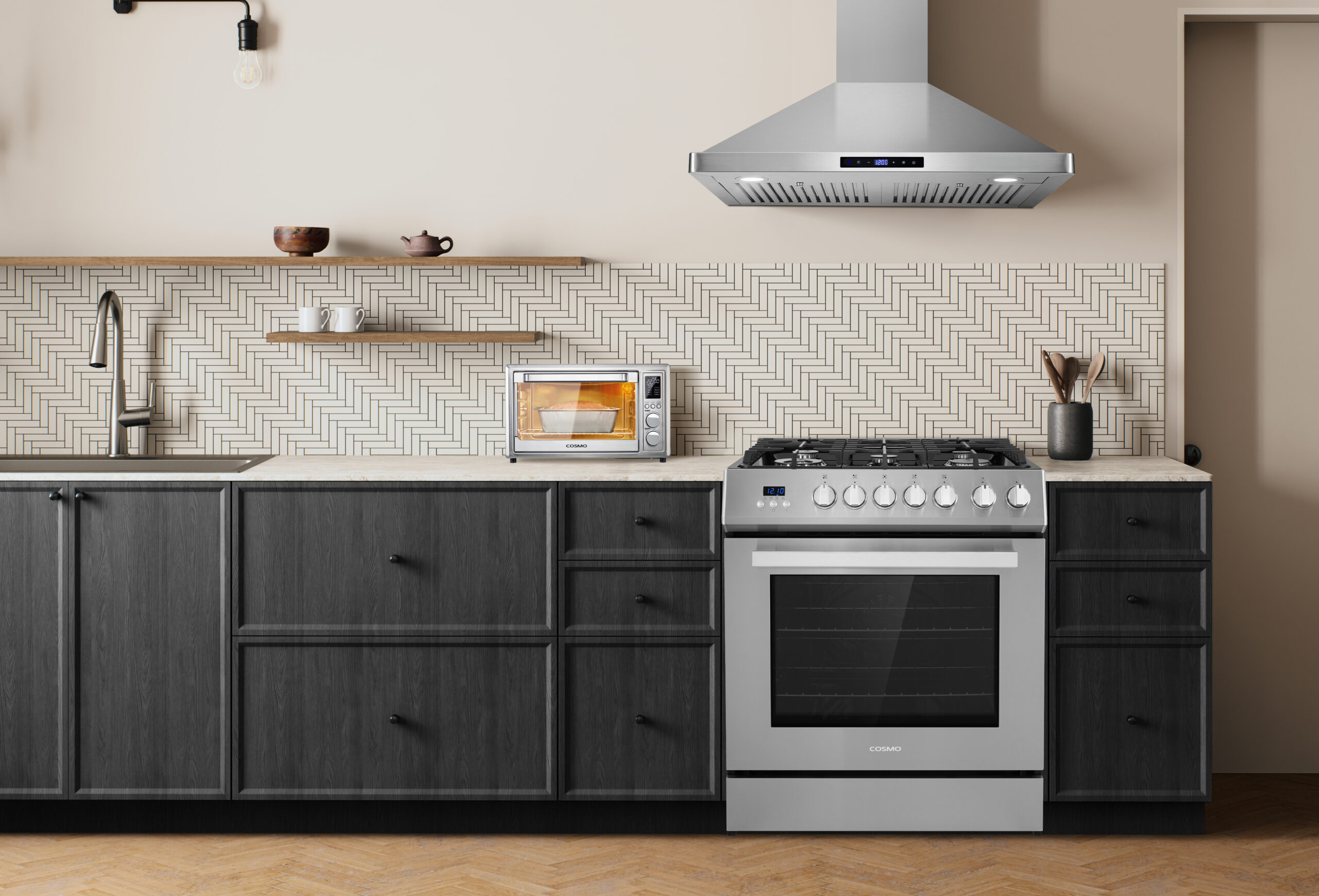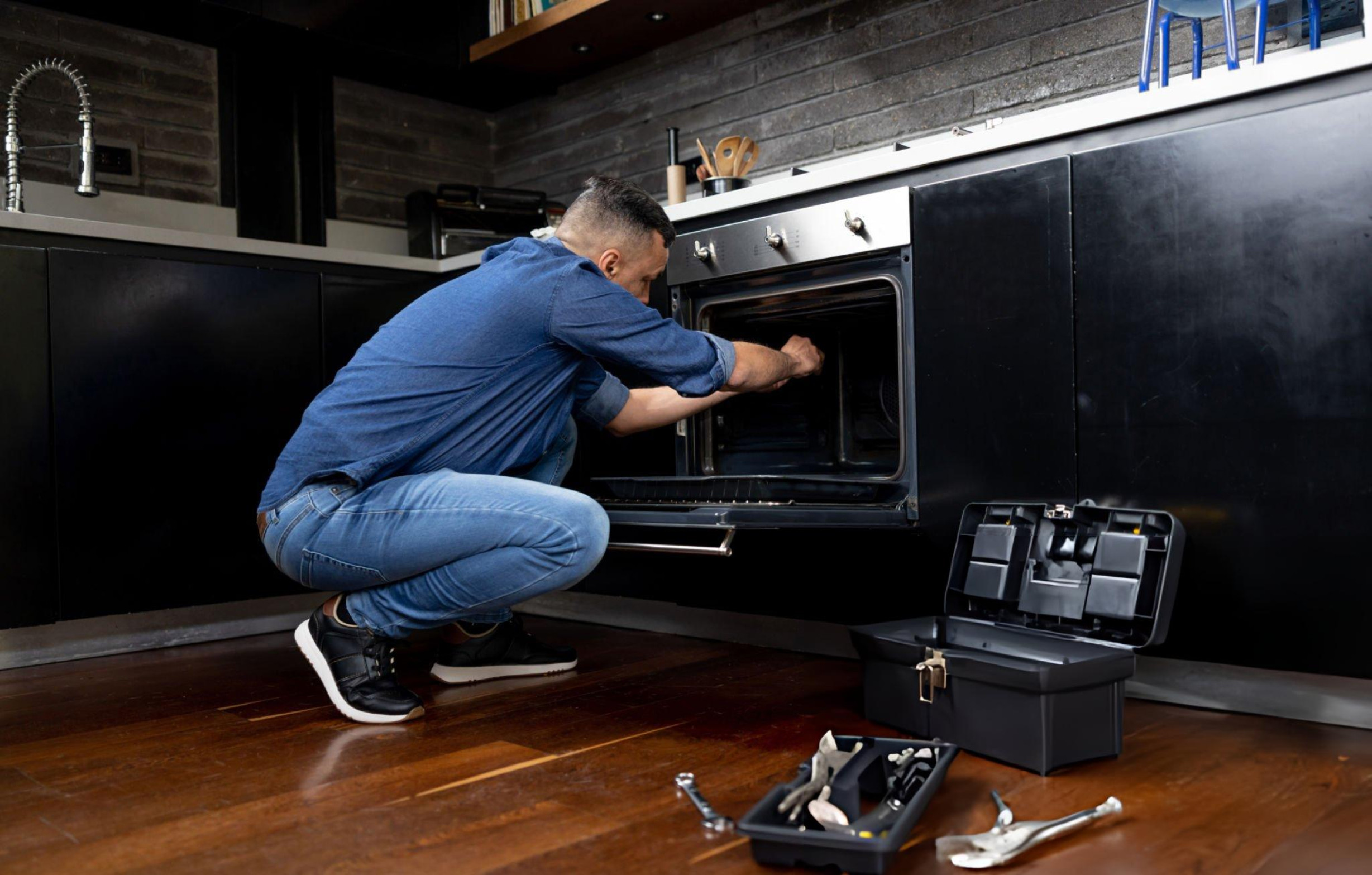Kitchen Sounds That Mean Something’s Wrong (And When to Actually Worry)
Kitchens make noise – appliances hum, water runs, equipment operates – but distinguishing between normal operational sounds and warning signals of impending problems saves money through early intervention while preventing the anxiety of worrying about every unfamiliar noise. Some sounds demand immediate attention before minor issues become expensive failures, while others represent normal operation that you can safely ignore despite being noticeable or even annoying. Understanding which category each sound falls into helps you respond appropriately without either ignoring genuine problems or paying for unnecessary service calls. The challenge lies in recognizing patterns that indicate developing problems versus sounds that simply reflect how appliances work. Age, installation quality, and usage patterns all affect what’s normal for your specific equipment, making it difficult to apply universal rules. However, certain sound characteristics – sudden changes, increasing intensity, rhythmic patterns, or sounds accompanied by performance changes – reliably indicate issues worth investigating regardless of the specific appliance involved. Refrigerator Sounds: Normal Hums vs. Problem Indicators Refrigerators run constantly and make various sounds during normal operation, but certain noises signal problems that need attention before they become refrigerator-ending failures. Normal sounds include gentle humming from the compressor running, occasional clicking as the compressor cycles on and off, water flowing through ice makers or water lines, and fans moving air for circulation. These operational noises vary in volume but remain relatively consistent over time. Warning sounds that need attention include loud buzzing or vibrating that suggests a failing compressor working harder than it should, gurgling or hissing that might indicate refrigerant leaks, loud clicking repeated frequently rather than just during cycling, or knocking sounds that suggest loose components or failing fan motors. Compressor sounds that increase in volume or duration over weeks or months indicate the compressor is struggling and may be approaching failure. This progressive deterioration gives you time to plan for repair or replacement rather than facing sudden failure. Fan motor problems create scraping, grinding, or loud whooshing sounds that differ from the normal quiet air movement. These sounds often worsen when doors open because temperature changes trigger more aggressive fan operation. Ice maker sounds vary dramatically between normal and problematic. Normal ice makers make substantial noise during harvest cycles – motorized sounds, ice dropping, and water refilling. Problematic ice makers create grinding sounds during harvest (ice stuck or jammed), continuous running water (fill valve stuck open), or complete silence when they should be making ice (mechanical failure). Defrost cycle sounds include dripping water and occasional pops as components expand and contract with temperature changes. These periodic sounds are normal even though they might be concerning if you don’t recognize what’s happening. Dishwasher Sounds: Cleaning Noise vs. Mechanical Problems Dishwashers make substantial noise during operation, but certain sounds indicate problems rather than just aggressive cleaning action. Normal operation includes water rushing during fill and spray cycles, the hum of circulation pumps moving water, swishing sounds as spray arms rotate, and occasional bumping as dishes shift during washing. Modern dishwashers also make grinding sounds from food disposal mechanisms that pulverize debris. Problem indicators include loud grinding or squealing from failing pump motors or damaged spray arms hitting dishes, excessive vibration that suggests installation problems or unbalanced loads, no water sound during cycles when spray should be active (clogged spray arms or failed pump), or clicking without water flow (failing pump or inlet valve). Spray arm problems create knocking sounds as damaged or clogged arms spin unevenly or hit dishes. This rhythmic knocking differs from occasional dish movement and worsens as spray arms degrade. Pump bearing failure creates escalating grinding or squealing that starts subtle but increases over weeks until the pump fails completely. Early intervention when sounds first appear prevents complete failure that might damage other components. Motor strain from clogs or blockages produces labored humming different from normal pump operation. The motor sounds like it’s working hard but water flow is reduced or absent, indicating restrictions in the system. Inlet valve clicking without water flow suggests valve failure or water supply problems. The valve attempts to open but either can’t or opens but no water flows, creating clicking without the expected rushing water sound. Range Hood Sounds: Airflow Noise vs. Motor Issues Range hoods generate substantial noise from moving air, but certain sounds indicate motor or mechanical problems rather than just aggressive ventilation. Normal sounds include the whoosh of air moving through the hood and ductwork, increasing noise at higher fan speeds, and occasional vibration at maximum speed from the volume of air movement. Well-designed hoods minimize but don’t eliminate operational noise. Problem sounds include grinding or squealing from failing motor bearings, excessive vibration at all speeds suggesting loose mounting or unbalanced fan blades, rattling from loose components or damaged ductwork, or significantly increased noise after years of quieter operation. Motor bearing failure starts with subtle squealing or grinding at high speeds but eventually affects all speeds as bearings deteriorate. The sound progressively worsens until the motor fails or seizes. Fan blade problems create rhythmic wobbling sounds or clicking as damaged or unbalanced blades rotate. Blade damage from improper cleaning or impact creates imbalance that stresses motors. Loose mounting allows the entire hood to vibrate excessively during operation, creating buzzing against cabinets or rattling sounds that worsen at high speeds. Proper tightening eliminates these sounds. Ductwork rattling comes from loose connections or unsecured duct sections that vibrate from airflow. These sounds are annoying but don’t indicate hood failure – they’re installation or ductwork issues. Filter saturation creates reduced airflow and labored motor sounds as the system works harder to move air through grease-clogged filters. The motor sounds strained rather than smoothly moving air. Garbage Disposal Sounds: Normal Grinding vs. Jams Garbage disposals make aggressive sounds during normal operation, but certain noises clearly indicate jams, damage, or items that shouldn’t be in the disposal. Normal operation produces loud grinding as food waste gets pulverized, water rushing through the disposal, and the hum of the motor spinning. These sounds are substantial but consistent during




